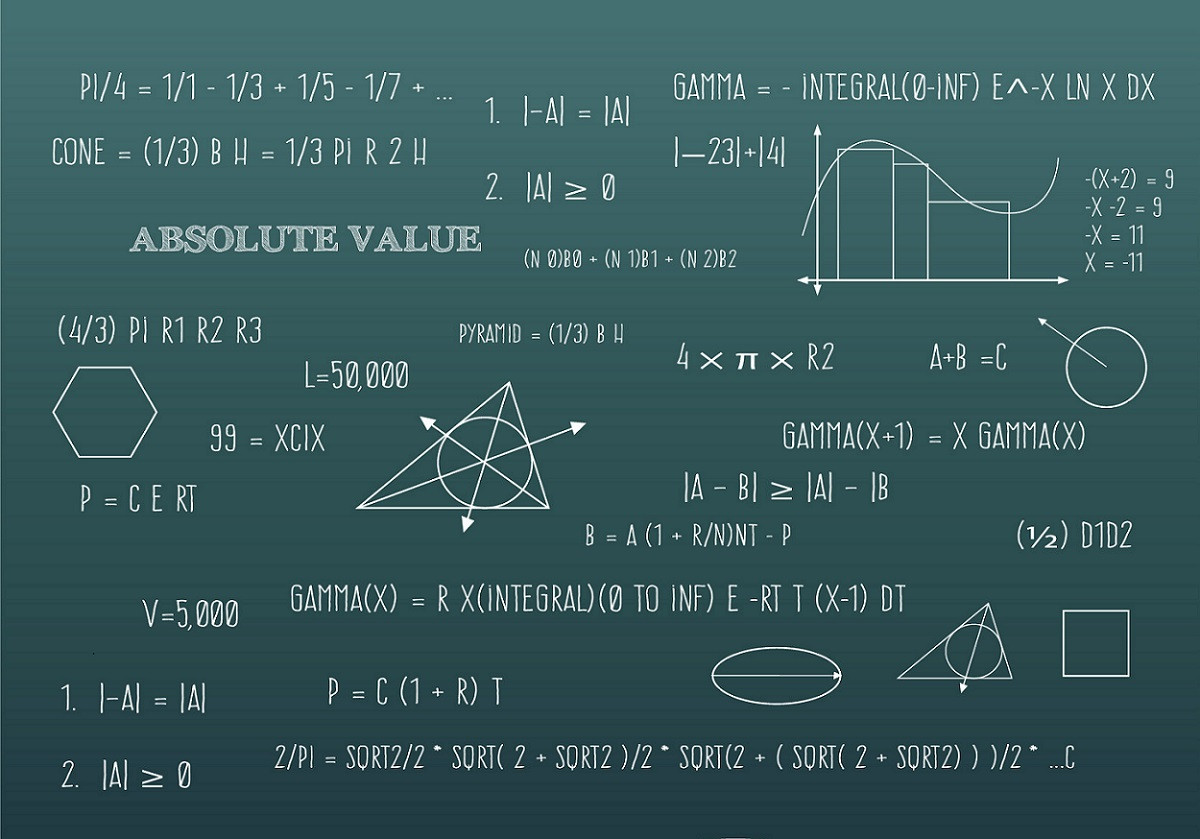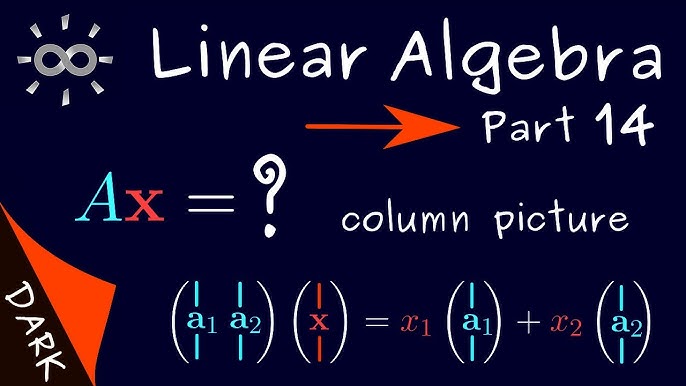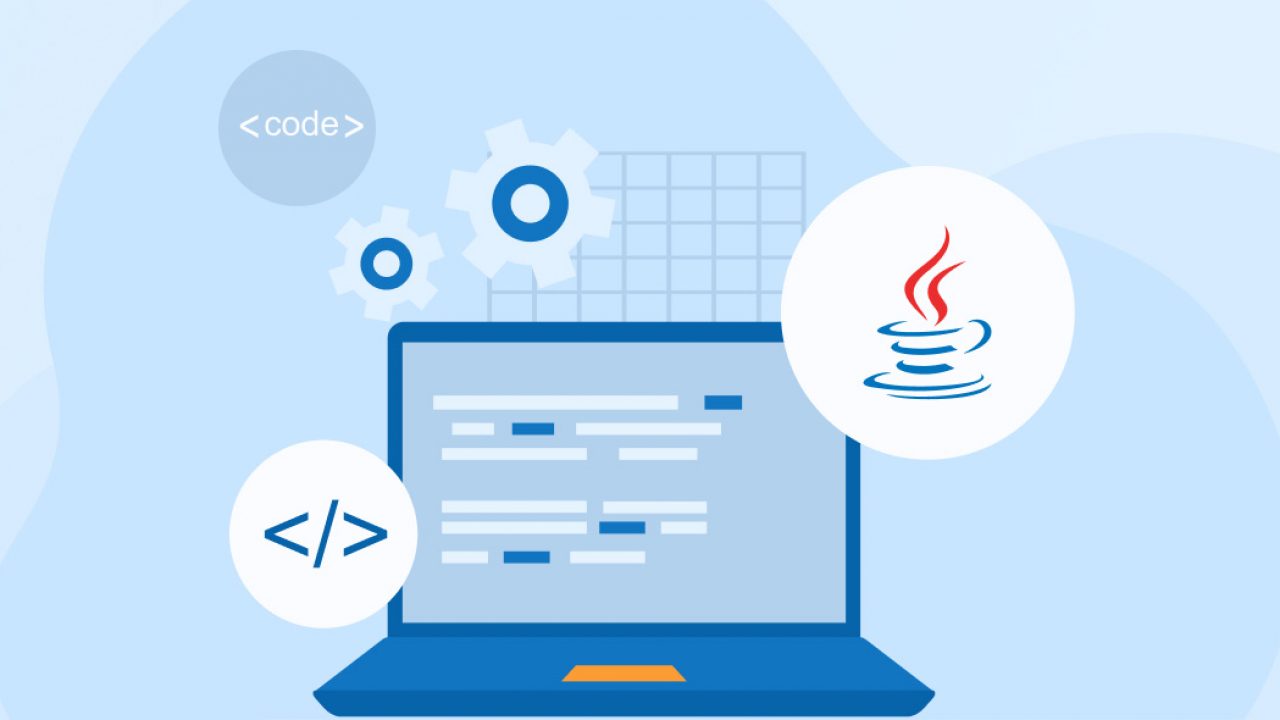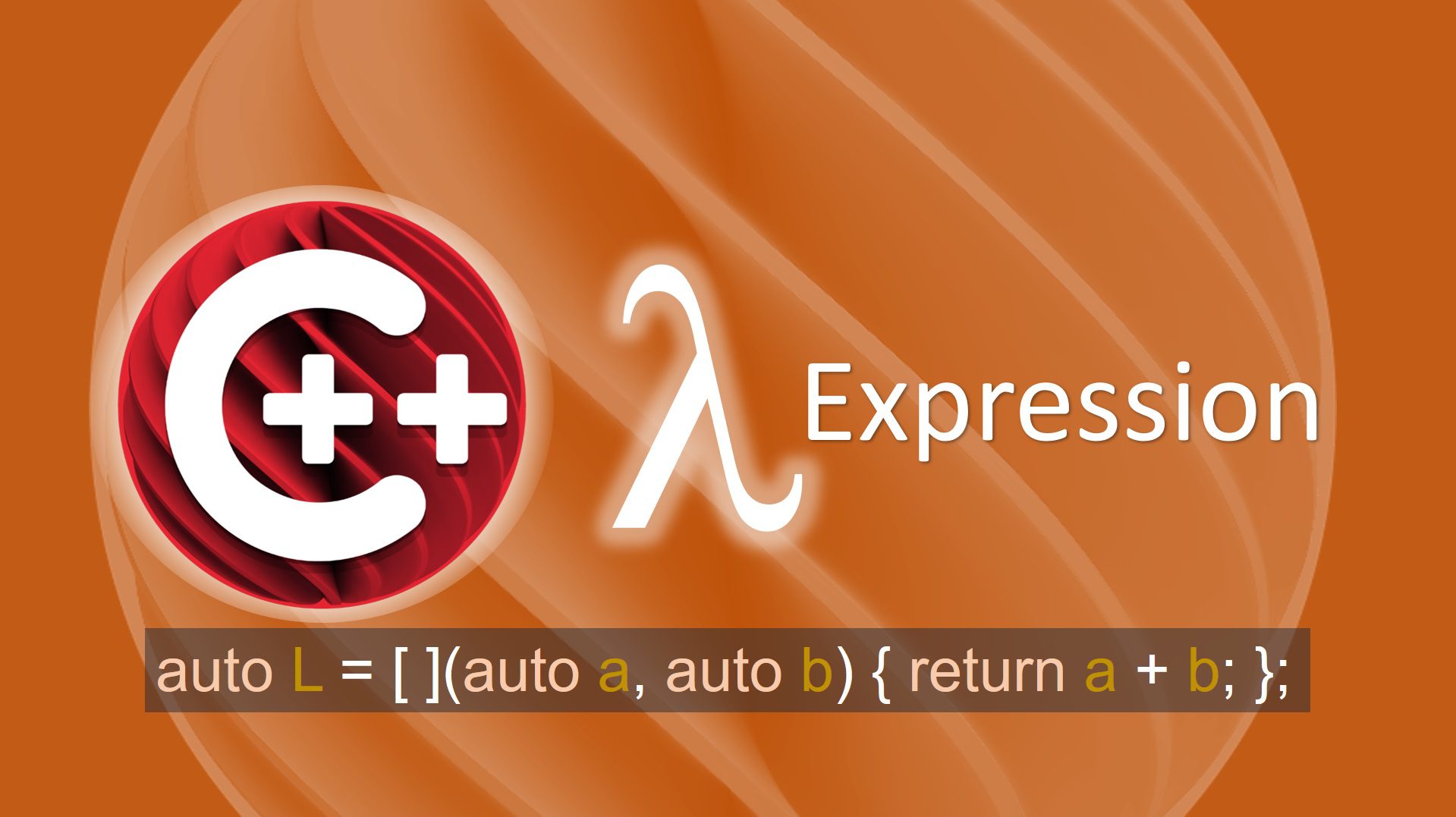Discrete mathematics: fundamentals and applications
Published
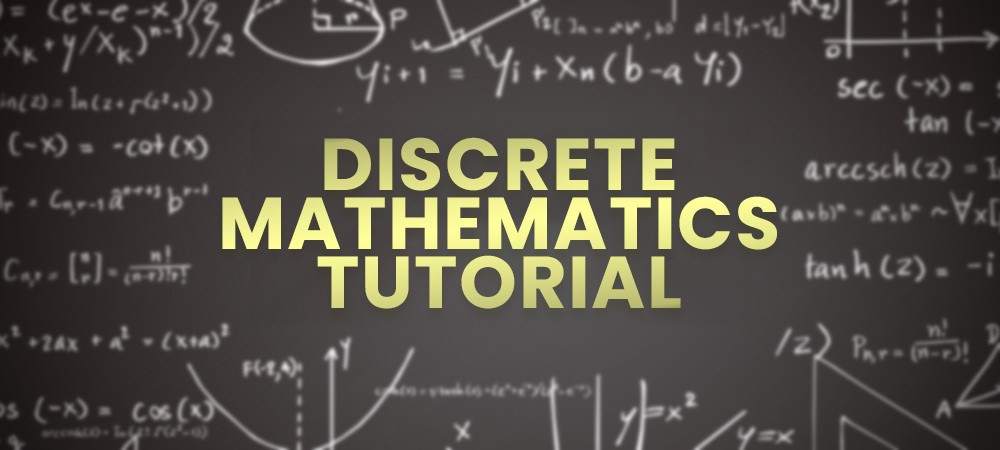
Introduction to the world of discrete mathematics
Discrete mathematics is a fascinating branch of mathematics that deals with discrete, countable structures and non-continuous mathematical objects. Unlike calculus, which deals with continuous functions and continuous changes, discrete mathematics examines discrete elements such as integers, graphs, trees and combinatorial structures. It forms the basis for many areas of computer science, cryptography, algorithmics and operations research. In the world of discrete mathematics, everything revolves around counting, arranging and linking elements in a discrete manner. This area of mathematics allows us to translate complex problems into abstract models and find solutions to practical challenges. From combinatorics to graph theory, discrete mathematics offers a rich toolset for solving real-world problems and developing innovative algorithms.
Combinatorics: Counting possibilities
Combinatorics is a fascinating branch of discrete mathematics that focuses on counting and arranging objects and elements. It plays a crucial role in various fields, from probability theory to algorithmics. In combinatorics, we deal with questions such as: "How many different ways are there to draw a hand of five playing cards?" or "How many ways can we line up people in a queue?" To answer such questions, we use concepts such as permutations, combinations and variations. Permutations refer to the arrangement of elements in a certain order, while combinations describe the selection of elements without regard to order. Combinatorics is crucial for the development of algorithms used in data analysis, coding theory and optimization. It enables us to analyze complex problems in a systematic way and to find solutions that are of great importance in various fields of application.
Graph theory: structures and connections
Graph theory is a fundamentally important area of discrete mathematics that deals with the study of relationships and connections between objects. In graph theory, these relationships are often represented as vertices and edges, with the edges representing the connections between the vertices. This simple but powerful concept is used in many applications, from social networks and transportation routes to computer and communication networks. Graph theory models make it possible to analyze complex systems and identify patterns in the connections between elements. Well-known concepts in graph theory are, for example, the shortest path between two nodes (Dijkstra's algorithm) or finding related components in a network. Graph theory is also a key area in algorithmic research and plays a central role in optimization and operations research.
Logic and propositional logic: The language of mathematics
Logic is a central component of discrete mathematics and serves as the basis for the formal language of mathematics itself. It enables statements to be formulated precisely, analyzed and conclusions to be drawn. In propositional logic, statements are linked by logical operators such as "and", "or" and "not" in order to create complex statements. These formal concepts are of great importance not only in mathematics, but also in computer science and philosophy. Propositional logic forms the basis for the development of algorithms and computers, as it makes it possible to clearly define rules and conditions. It also plays a crucial role in artificial intelligence and the field of machine learning, as it forms the basis for logical reasoning. Logic is therefore the common language that enables mathematicians, computer scientists and scientists to formulate problems, develop solutions and provide evidence.
